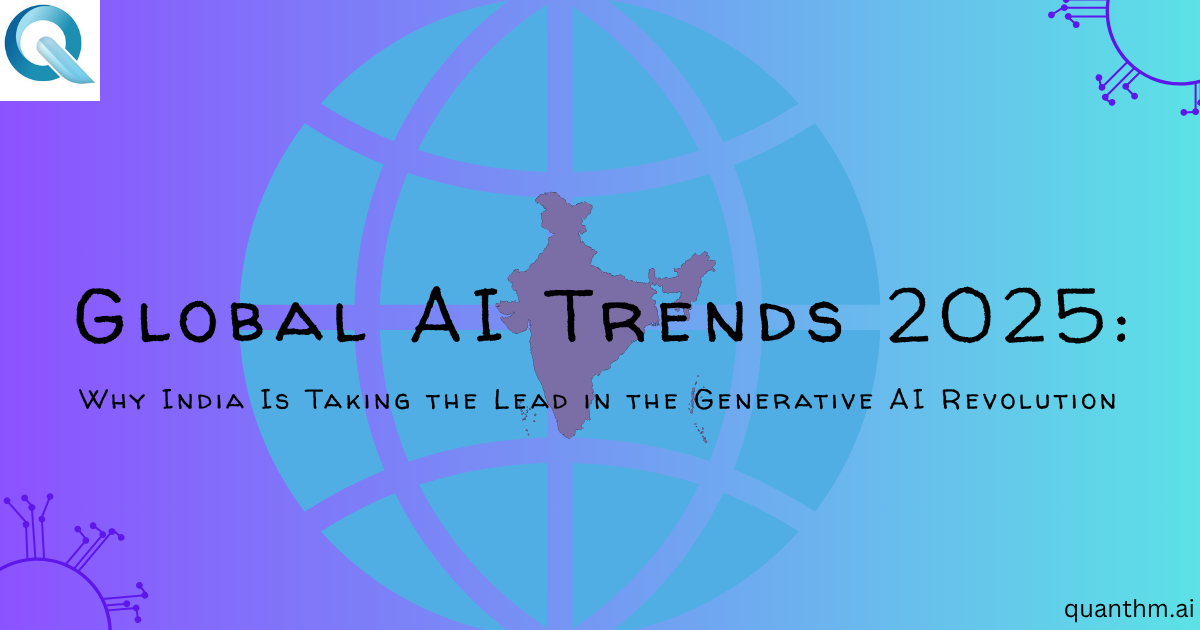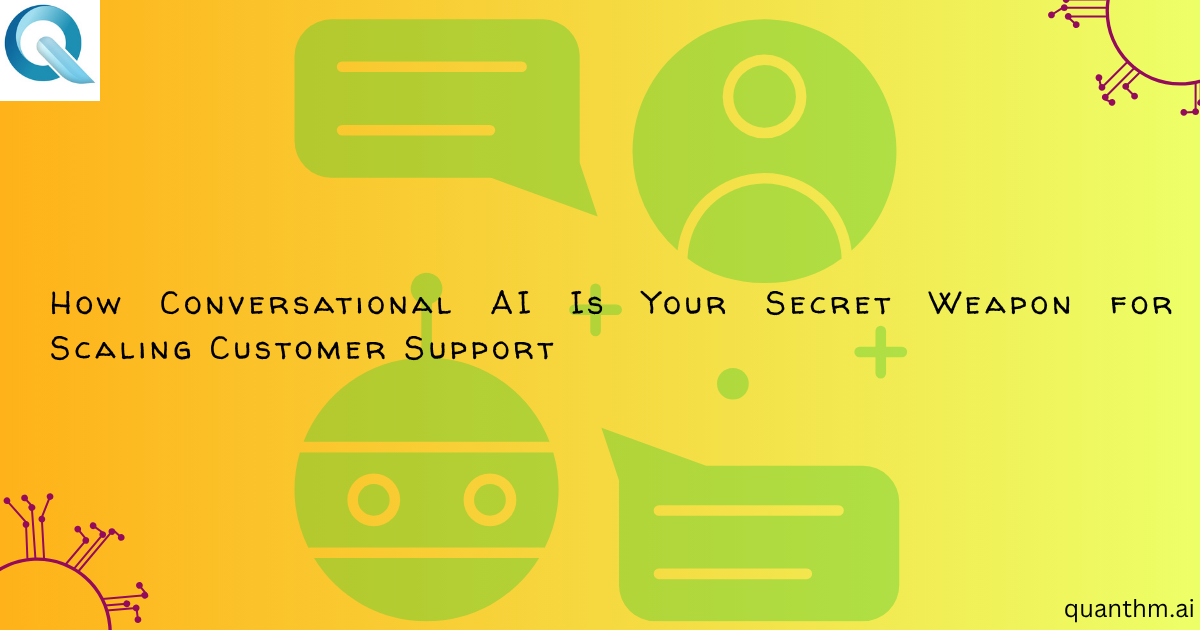Global AI Trends 2025: Why India Is Taking the Lead in the Generative AI Revolution

Strong 8k brings an ultra-HD IPTV experience to your living room and your pocket.
India is no longer just part of the AI conversation it’s driving it. As generative AI (Gen AI) reshapes industries worldwide, India is emerging as a global powerhouse, attracting major investments and building technologies that are changing how businesses work, scale, and innovate. From SaaS startups to enterprise giants, understanding the global shifts in AI and where India fits is crucial for anyone navigating this new wave.
AI in 2025: Five Trends You Can’t Ignore
At the 2025 Morgan Stanley Tech, Media & Telecom Conference, top global tech leaders spotlighted five big trends reshaping AI. If you’re a startup founder, MSME leader, or CTO, these shifts aren’t just interesting they’re actionable.
1. AI Reasoning & Custom Chips Are Changing the Game
AI is getting smarter moving from simple content generation to advanced reasoning. It’s making strategic decisions, planning, and adapting in real time. But this evolution demands massive computing power. Enter: custom silicon and ASICs. Companies are now building specialized chips to power AI more efficiently, especially at the edge where devices make decisions without relying on the cloud.
Watch out: Chip shortages and geopolitical tensions could impact supply chains.
2. Cloud Giants Are Powering AI Workloads
The cloud is now the backbone of AI. Tech giants like AWS, Google Cloud, and Azure are investing heavily in:
AI-ready infrastructure
Customizable compute options
Energy-efficient operations
Thanks to the Jevons Paradox, more efficient tools are actually increasing AI demand not reducing it.
For SaaS in India, this opens doors to powerful, scalable AI infrastructure without breaking the bank.
3. LLMs Are Getting Smarter About Business
Large Language Models (LLMs) have gone beyond chatbots. They’re now powering:
Contextual recommendations
Compliance & decision support
Accelerated coding and workflows
What’s changing? These models are getting fine-tuned continuously, reducing the need for retraining while improving ROI. Expect LLMs to become smarter co-pilots for enterprise teams especially in regulated industries.
4. Data Teams Focus on Evaluation & Observability
Data infrastructure isn’t just about storage anymore it’s about making AI accountable. Key developments:
Real-time monitoring of AI performance
Hybrid analytics across structured & unstructured data
Adoption of the data lakehouse model for flexibility + structure
This helps teams optimize Gen AI for real-world outcomes not just experiments.
5. Agentic AI: From Assistant to Autonomous
The next frontier? Agentic AI systems that act autonomously with minimal input. These agents can:
Set and execute tasks independently
Automate workflows across teams
Reduce reliance on multiple tools
While full maturity is 3–5 years away, early use cases in sales, marketing, and operations are already showing strong ROI. At Quanthm AI, we’re already seeing this with our flagship product, Teleyzer which analyzes calls, updates CRMs, and generates reports autonomously. No developer team required.
The Global Gen AI Map: Who’s Leading?
Generative AI reached 209 economies by early 2024, but a few regions are truly defining its future.
United States: The Innovation Capital
The U.S. still leads with:
60% of the world’s top AI researchers
AI leaders like OpenAI, Microsoft, and Google DeepMind
Huge investments in foundational models and custom chips
But concerns around AI governance, trust, and energy costs are rising fast.
Europe: Ethically Focused, Research-Driven
The UK is a hub for safety research and AI startups. Germany is applying AI to industrial automation and robotics. Strong policy frameworks and government backing make Europe a steady AI force.
India: The Breakout Star
India is making a massive leap from IT services to Gen AI innovation. Here’s why:
Strong Fundamentals: A vast, skilled workforce with deep AI and IT experience. 92% of Indian knowledge workers already using AI tools.
Digital Infrastructure: Government push via Digital India, AI Mission, and startup support. Fast-growing investment in broadband, cloud, and data centers.
Strategic Advantages: Diverse, localized datasets for tuning AI. Multilingual AI capabilities. A booming SaaS startup scene, focused on solving real business problems.
From content generation to deep NLP, India is building inclusive, impact-driven AI solutions especially for MSMEs and lean enterprise teams.
Why India May Lead the Gen AI Future
The real edge? Practical, accessible AI. Indian companies like Quanthm AI are making Gen AI useful for everyone not just tech giants. We’re helping businesses:
Automate routine tasks (like lead tracking, customer service, reporting)
Make faster decisions using contextual AI reasoning
Deploy agentic automation without needing a data science team
Final Thoughts: The Future of AI is Already Here
The AI revolution is happening now. Businesses that act early by adopting agentic AI, rethinking workflows, and leveraging cloud-based infrastructure will lead the next decade. India, with its talent, infrastructure, and growing ecosystem, isn’t just catching up it’s shaping the rules.
Whether you’re building SaaS in India, leading a mid-sized business, or managing enterprise innovation, now is the time to lean in. Explore how Quanthm.AI can help you automate, scale, and grow.
Note: IndiBlogHub features both user-submitted and editorial content. We do not verify third-party contributions. Read our Disclaimer and Privacy Policyfor details.





